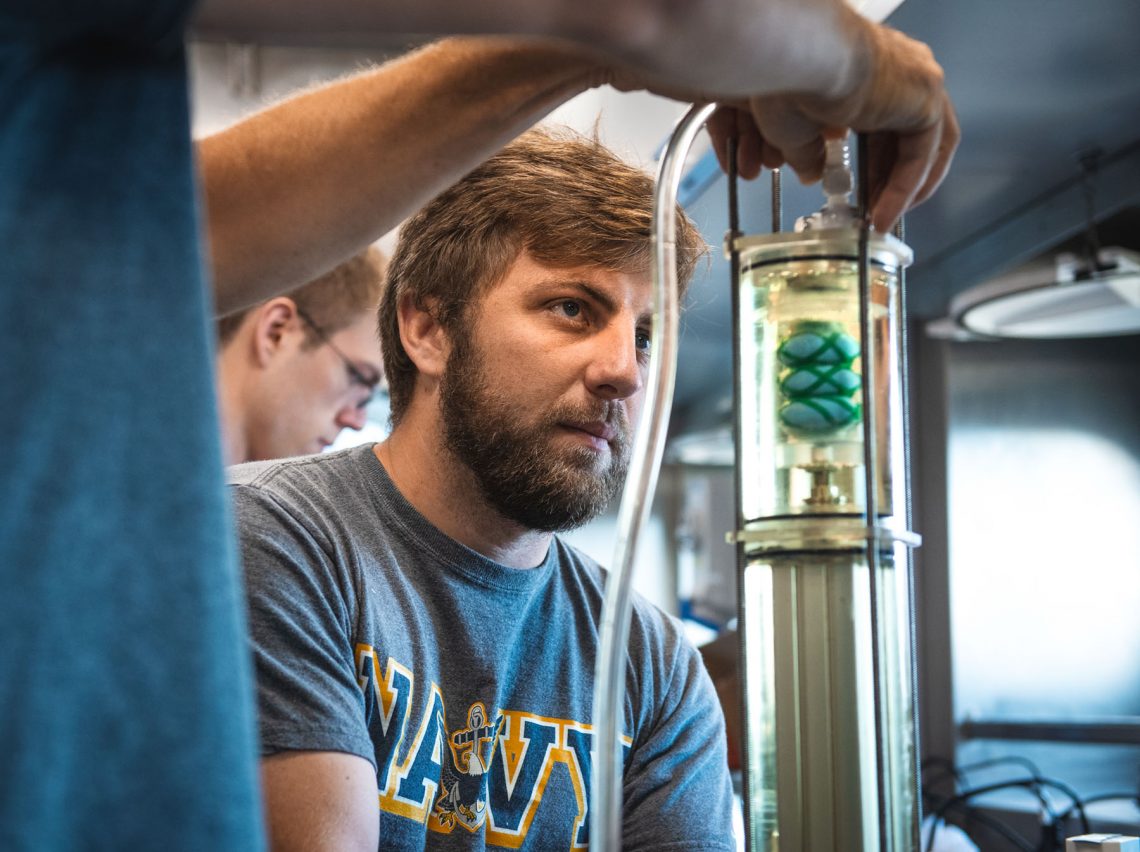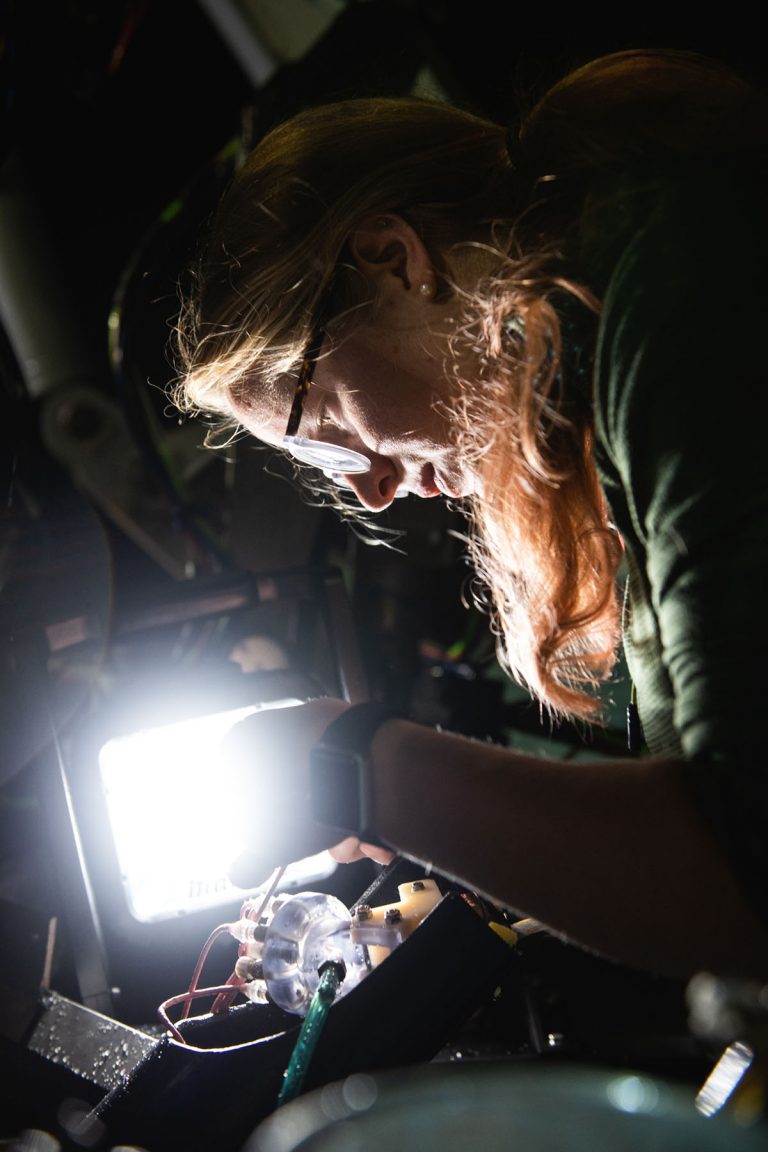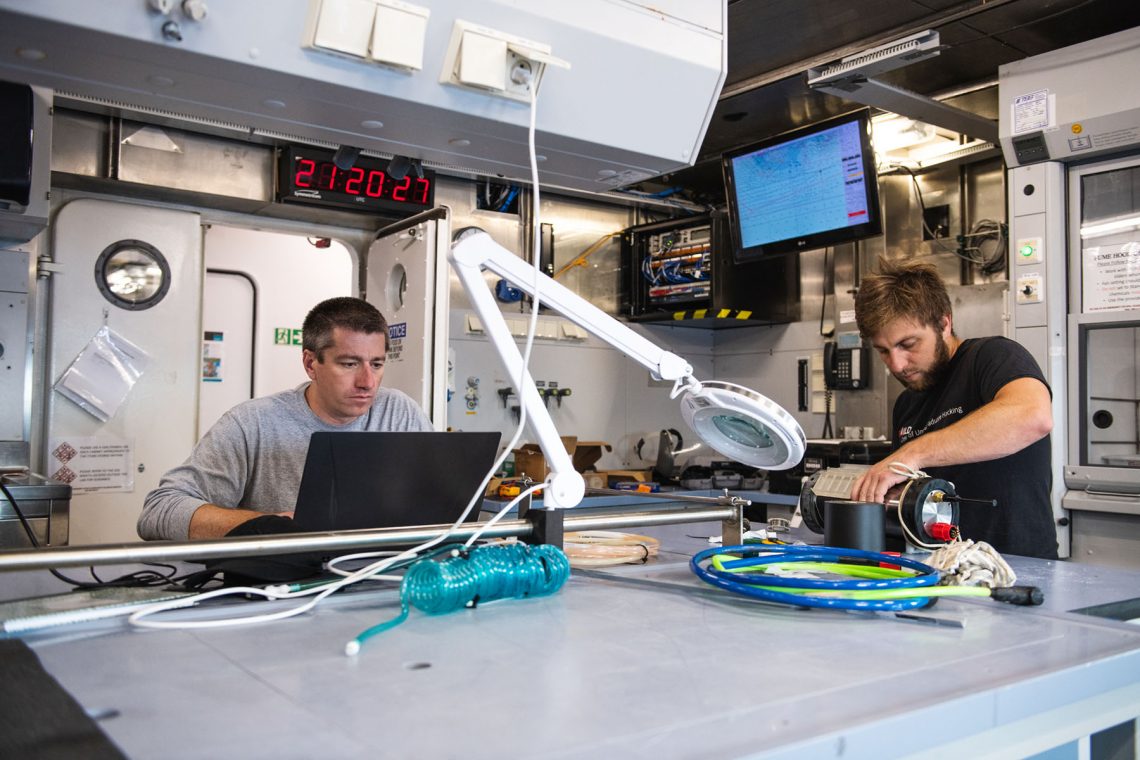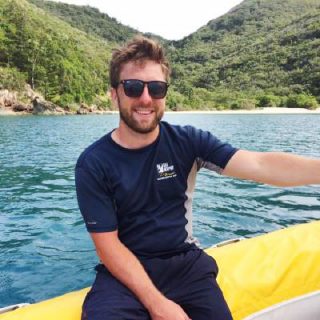Last week we embarked on R/V Falkor as part of a collaboration with Harvard’s Microrobotics Lab. We had several goals for this expedition. Primarily, we wanted to test a new low pressure hydraulic engine for soft robotic manipulators. The engine survived many firsts on this trip: First time integrated onto an ROV. First time submerged in the ocean. First time combined with new manipulators from the Harvard Lab. All represent major milestones for the project that can not be tested in the lab.


The hydraulic engine is a new design for the purpose of speeding up actuation and increasing control of the soft actuators. Previous engines were slow and cumbersome. The newer design combines a precision linear actuator with a soft robotic bellows allowing for a direct transfer of fluid from the bellows to the actuator. This cruise allowed us to show just how versatile soft robotics can be. One highlight was picking up a xenophyophore, a large delicate single cell organism that is very difficult to collect with conventional manipulators.
Our lab focuses on engineering for deep sea applications. The challenges of being at sea helps us dispel misconceptions held in the lab. We suffered from burst actuators, leaking bellows, and a broken housing, but with the help of the crew, we were able to fix everything and have a successful mission. In one instance, the ROV team was able to 3D print a replacement part for us. We also learned a great deal about how we can change our lab designs to better match real world applications. We spent time talking to the ROV pilots about the challenges they faced and learned how we can improve designs.
Time at sea offers many advantages to research engineers that can be hard to quantify. For us it has represented a chance to work very closely with colleagues we normally only reach out to in email. Being trapped offshore with fellow researchers results in an exchange of ideas that leaves me excited to return to the lab and try out new things before the next cruise.
I can not thank the Falkor team enough for all their hard work and hospitality.


